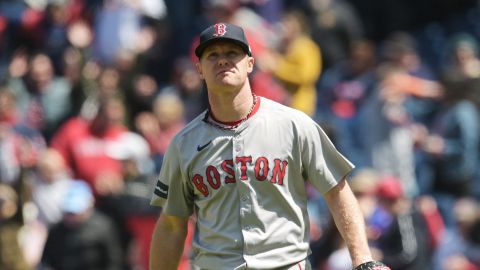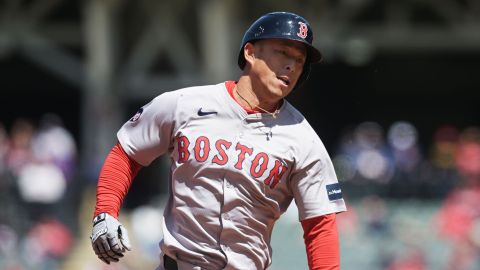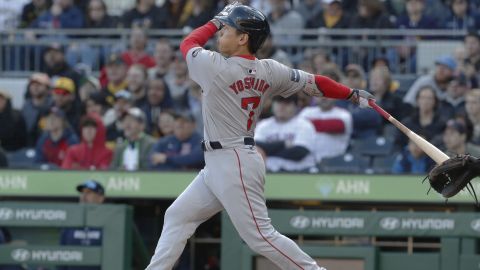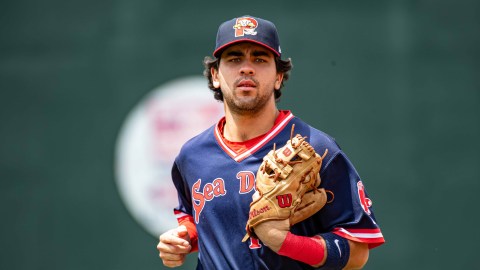Editor's Note: NESN.com Red Sox reporter Tony Lee will examine one hot-button baseball topic each day in December. On Saturday, he looked at what can be done to fix the All-Star game.
They called it "The Year of the Pitcher," and 2010 was just that. There were over a dozen starting pitchers with ERAs under 3.00, multiple no-hitters and perfect games thrown (not including the Armando Galarraga debacle) and enough 2-1 games to satisfy any fan of a pitchers’ duel.
Indeed, in the wake of stiffer drug testing and a backlash against the muscle-bound era of your older brother, sluggers have dropped in number while pitchers of all sorts have begun to dominate. Will it last? Will pitching dominate once again in 2011?
Yes, pitching will continue to rule the day in 2011, and perhaps even more so, for three specific reasons. One, last year offered proof that there are as many good, young pitchers in the game as there have been in decades, and many are just hitting their prime.
Felix Hernandez, while pitching on a pathetic team at the age of 24, won the American League Cy Young Award. David Price, who turned 25 in August, was second in the voting. Boston’s own Jon Lester and Clay Buchholz, both now 26, were in the top six.
Ubaldo Jimenez and Josh Johnson, also both 26, were among the best the National League had to offer. All this a year after Tim Lincecum — who is now, you guessed it, 26 — and Zack Greinke, an ancient 27, won the leagues' respective Cy Young Awards.
These guys comprise a stable of youthful hurlers bent on 20-win seasons with 200-plus strikeouts and sub-3.00 ERAs. With the knowledge of how to treat them growing by the day, fewer will be worn out before they hit the age of someone like, say, Roy Halladay, who coincidentally is also dominating and should through the duration of his time in Philadelphia, a team that now sports three legitimate Cy Young candidates.
Two, all trends are cyclical, and this one will take time to turn around. The league-wide ERA of 4.08 was the lowest since 1992. In the years between we see a nice bell curve develop through the heart of the steroid era, causing the norm to rest around 4.50 for several years and even approach 5.00 in certain seasons. The course of baseball history has shown that trends take several years before being reversed.
There was the dead ball era, followed by the Babe Ruth-fueled home run explosion of the 1920s and 1930s. The speed game resurfaced again in the 1960s, at which point pitching also rose to prominence. Changes to the height of the mound and the introduction of the designated hitter caused sluggers to take over once more, slowly but surely into the recent years, when they crashed amid a pile of syringes and subpoenas.
Finally, this current era happens to coincide with the development of concrete defensive evaluations, unlike anything seen in the days of Bob Gibson or Bob Feller (R.I.P.). As teams are able to massage and tweak data to determine their optimum defensive lineups, pitchers become the beneficiaries.
Although there may be no definitive tie between ERA and UZR, one can be assured the two are linked in some capacity.
Given the youth of the great pitchers in the game, the fact that the re-emergence of dominant pitching is relatively new and the greater emphasis on defense, expect the arms to rule the game for several more years.
Will pitching dominate once again in 2011? Share your thoughts below.
On deck: Which closer would you want on the mound with the game on the line?



